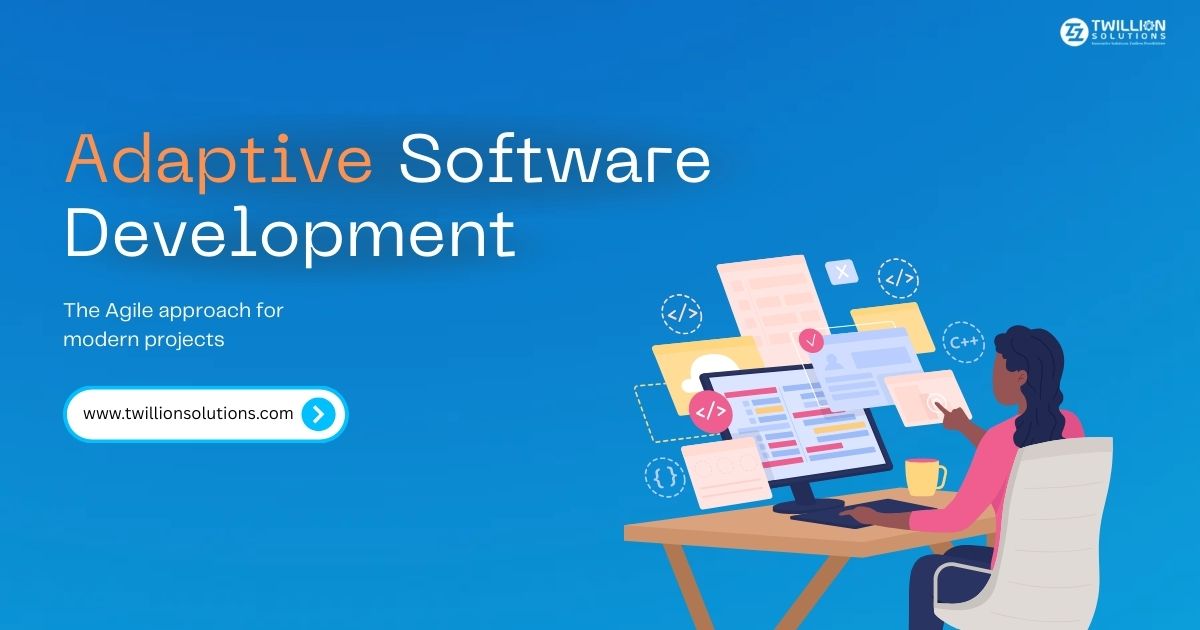What is Adaptive Software Development?
28
Mar
March 28, 2025
Adaptive Software Development (ASD) is a dynamic approach to software development that prioritizes flexibility, collaboration, and continuous learning. It is designed for complex projects where requirements evolve, enabling teams to respond effectively to change and deliver high-quality solutions.
History of ASD
Jim Highsmith and Sam Bayer introduced ASD in the early 1990s as an evolution of the Rapid Application Development (RAD) model. The methodology was developed in response to the limitations of traditional software development models, which struggled with unpredictability and changing requirements. ASD became a foundation for modern agile methodologies by emphasizing learning, collaboration, and rapid iterations.
Key Features of the ASD Process
Continuous Learning – Teams embrace learning as an integral part of the development cycle.
Change Adaptability – ASD acknowledges that changes in requirements are inevitable and integrates them into the development process.
Mission-Driven Development – Focuses on meeting overall business goals rather than following rigid plans.
Risk-Tolerant Approach – Encourages experimentation and quick failure to drive innovation.
Customer Collaboration – Frequent feedback loops with stakeholders ensure the product meets evolving user needs.
Phases of ASD Process
ASD follows a three-phase iterative cycle:
Speculate
Instead of traditional rigid planning, ASD uses speculation to define goals and high-level project scope.
Teams identify possible risks and establish an adaptive roadmap.
Collaborate
Developers, stakeholders, and customers work closely, fostering a collaborative environment.
Regular feedback and discussions help refine requirements and adjust development efforts.
Learn
Continuous learning is an integral part of ASD.
Teams analyze past iterations, learn from mistakes, and implement improvements in future cycles.
ASD vs. Other Approaches
| Feature | Adaptive Software Development (ASD) | Agile | Waterfall | RAD |
|---|---|---|---|---|
| Flexibility | High | High | Low | Medium |
| Planning Approach | Speculative | Iterative | Sequential | Rapid |
| Customer Involvement | High | High | Low | High |
| Risk Handling | High | Medium | Low | High |
| Iteration Cycle | Continuous | Short Sprints | None | Rapid |
Advantages of ASD
Highly adaptable to change – Perfect for projects with evolving requirements.
Encourages innovation – Teams are encouraged to experiment and learn from mistakes.
Strong collaboration – Stakeholder involvement leads to better outcomes.
Continuous improvement – Each cycle leads to better results based on real-time feedback.
Disadvantages of ASD
Can be chaotic – The lack of rigid structure may lead to confusion in some teams.
Not ideal for fixed-scope projects – ASD thrives in uncertain environments, making it less suitable for projects with well-defined requirements.
High dependency on team communication – Requires a strong culture of collaboration and transparency.
Conclusion
Adaptive Software Development (ASD) is a robust methodology that promotes flexibility, collaboration, and continuous learning. It is well-suited for complex projects where change is expected and innovation is encouraged. By embracing an adaptive mindset, teams can build high-quality software that meets evolving business needs. Twillion Solutions provides expert services in adaptive software development, ensuring businesses stay agile and responsive in an ever-changing digital landscape.

